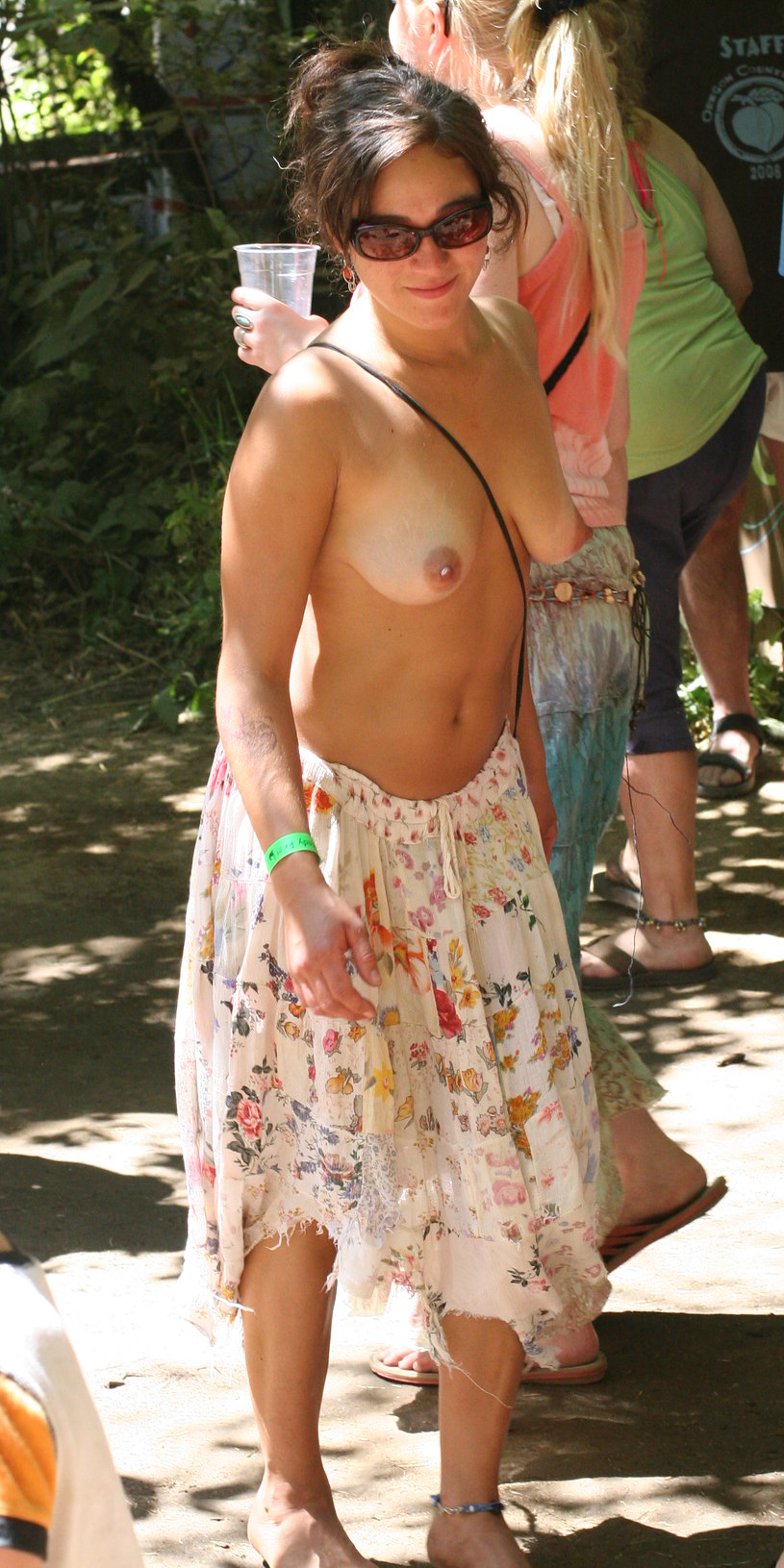|
Monokini
The monokini, designed by Rudi Gernreich in 1964, consisting of only a brief, close-fitting bottom and two thin straps, was the first women's Toplessness#Topless swimwear, topless swimsuit. His revolutionary and controversial design included a bottom that "extended from the midriff to the upper thigh" and was "held up by shoestring laces that make a halter around the neck." Some credit Gernreich's design with initiating, or describe it as a symbol of, the sexual revolution. Gernreich designed the monokini as a protest against a repressive society. He did not initially intend to produce the monokini commercially, but was persuaded by Susanne Kirtland of ''Look (American magazine), Look'' to make it available to the public. When the first photograph of a frontal view of Peggy Moffitt wearing the design was published in ''Women's Wear Daily'' on June 3, 1964, it generated a great deal of controversy in the United States and other countries. Gernreich sold about 3,000 suits, but o ... [...More Info...] [...Related Items...] OR: [Wikipedia] [Google] [Baidu] |
Rudi Gernreich
Rudolf "Rudi" Gernreich (August 8, 1922 April 21, 1985) was an Austrian people, Austrian-born American fashion designer whose avant-garde clothing designs are generally regarded as the most innovative and dynamic fashion of the 1960s. He purposefully used fashion design as a social statement to advance sexual freedom, producing clothes that followed the natural form of the female body, freeing them from the constraints of high fashion. He was known for the early use of vinyl and plastic in clothing, and for his use of cutouts. He designed the first thong bathing suit, unisex clothing, the first swimsuit without a built-in bra, the minimalist, soft, transparent No Bra, and the topless monokini. He was a four-time recipient of the Coty Award, Coty American Fashion Critics Award. He produced what is regarded as the first fashion video, ''Basic Black: William Claxton w/Peggy Moffitt'', in 1966. He had a long, unconventional, and trend-setting career in fashion design. He was a foundi ... [...More Info...] [...Related Items...] OR: [Wikipedia] [Google] [Baidu] |
Peggy Moffitt
Margaret Anne "Peggy" Moffitt (born May 14, 1940) is a former American Fashion model, model and actress. During the 1960s, she worked very closely with fashion designer Rudi Gernreich, and developed a signature style that featured heavy makeup and an asymmetrical hair cut. Career Modeling Though her unique look has now become widely recognized, Moffitt began her a career as an actress, beginning with an uncredited role in the 1955 film ''You're Never Too Young''. She first began modeling in Paris in the 1950s. During the 1960s, she developed a signature style, including false eyelashes and heavy eye makeup. Her hairstyle, an asymmetrical bowl cut, created by Vidal Sassoon, became known as the "five point". Her unique look became an icon of the 1960s fashion scene. Gernreich, Moffitt, and Claxton Gernreich collaborated with Moffitt and her husband, photographer William Claxton (photographer), William Claxton. The three became "a dynamic and inseparable trio." “Without ... [...More Info...] [...Related Items...] OR: [Wikipedia] [Google] [Baidu] |
Toplessness
Toplessness refers to the state in which a woman's breasts, including her areolas and nipples, are exposed, especially in a public place or in a visual medium. The male equivalent is barechestedness, also commonly called shirtlessness. Exposed breasts were and are normal in many indigenous societies. However, western countries have social norms around female modesty, often enforced by legal statutes, that require women to cover their breasts in public. In many jurisdictions, women who expose their breasts can be prosecuted for indecent exposure, although public breastfeeding is often exempted from public indecency laws. Social norms around toplessness vary by context and location. Throughout history, women's breasts have been featured in art and visual media, from painting and sculpture to film and photography, and such representations are generally defended on the grounds of artistic merit. Toplessness may also be deemed acceptable on educational, medical, or political g ... [...More Info...] [...Related Items...] OR: [Wikipedia] [Google] [Baidu] |

